Life
Sign up for our newsletter
We summarize the week's scientific breakthroughs every Thursday.
-
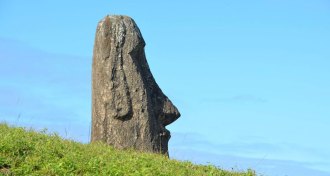 Genetics
GeneticsEaster Islanders sailed to Americas, DNA suggests
Genetic ties among present-day populations point to sea crossings centuries before European contact with Easter Island.
By Bruce Bower -
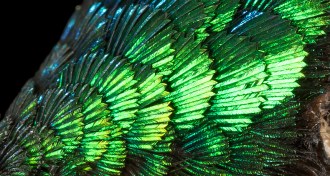 Paleontology
PaleontologyBright feathers give hints about dino vision
Dinosaurs may have seen the world in brilliant ultraviolet light and turquoises, which may have influenced the evolution of birds' feathers.
-
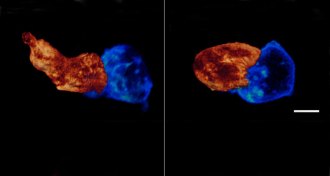 Tech
TechNew microscope gives clear view inside cells
By splitting beams of light, a new microscopy technique can capture activity inside a cell.
By Meghan Rosen -
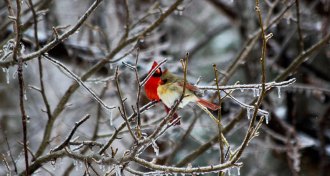 Animals
AnimalsSouthern birds may be moving into your winter backyard
A warming climate is letting warm-adapted birds live farther north in winter, a new study finds.
-
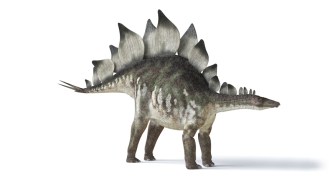 Paleontology
PaleontologyStegosaurus landed a low blow in dino brawl
During a dinosaur scuffle 147 million years ago, a stegosaurus whipped an allosaurus in the crotch.
-
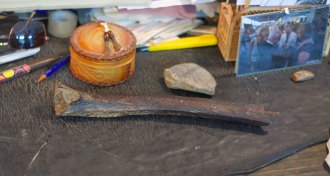 Humans
HumansOldest human DNA narrows time of Neandertal hookups
A 45,000-year-old Siberian bone provides genetic clues about the timing of interbreeding between ancient humans and Neandertals.
By Bruce Bower -
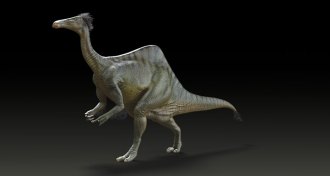 Paleontology
PaleontologyMystery fossils belonged to giant ostrichlike dinosaur
Two recently found skeletons reveal that Deinocheirus, first discovered 50 years ago, was the largest-known dinosaur of its kind.
By Meghan Rosen -
 Environment
EnvironmentEngineered plants demolish toxic waste
With help from bacteria, plants could one day clean up polluted sites.
By Beth Mole -
 Humans
HumansAnglo-Saxons left language, but maybe not genes to modern Britons
Modern Britons may be more closely related to Britain’s indigenous people than they are to the Anglo-Saxons, a new genetic analysis finds.
-
 Genetics
GeneticsCamels’ number of humps may affect their fat storage
The number of humps camels and alpacas have may play a role in how well they store and break down fat.
-
 Genetics
GeneticsGene variant helps dog evade muscular dystrophy
A dog that has a mutation causing muscular dystrophy has another genetic variant that appears to counteract the disease.
-
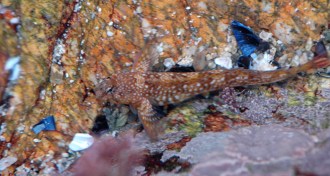 Animals
AnimalsCamouflaged fish found hiding in plain sight
Rockpool gobies change color depending on their background.